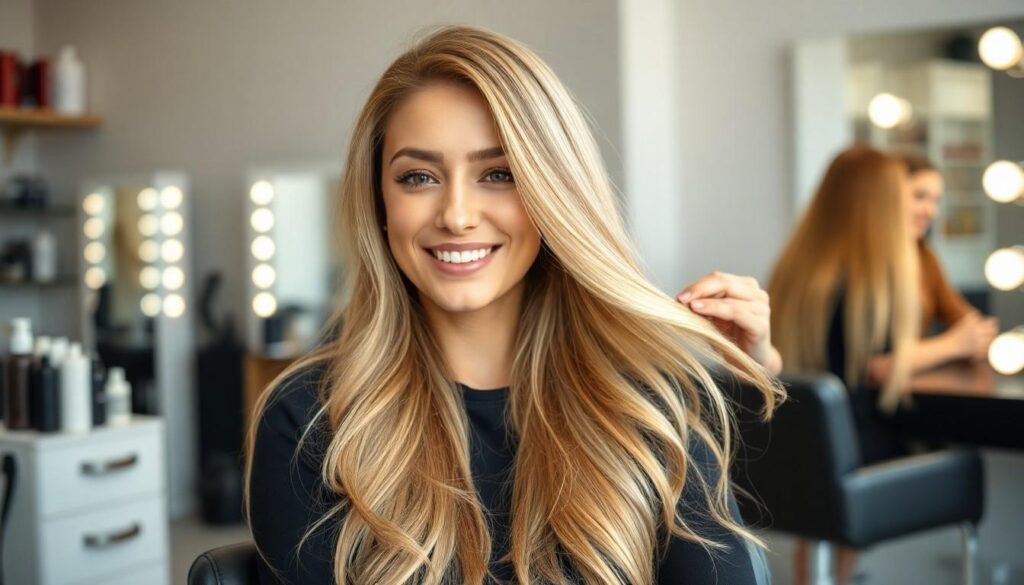Thinking about going from brunette to blonde? We know the allure of sun-kissed strands and that fresh, radiant look that turns heads everywhere. Changing our hair color isn’t just a style choice—it’s a bold statement that can instantly lift our confidence and transform our vibe.
We all crave a little adventure and there’s something irresistible about embracing a lighter, brighter shade. Whether we want a subtle caramel glow or a dramatic platinum finish, making the leap from brunette to blonde opens up endless possibilities. Let’s explore how we can make this transformation smooth, stunning, and uniquely ours.
Understanding the Brunette to Blonde Transformation
Going from brunette to blonde calls for patience, planning, and a clear idea of our desired shade. We usually start by consulting with a colorist who understands our hair’s natural undertones and color history. Achieving the perfect blonde often involves multiple lightening sessions, as stylists lift natural pigment little by little to protect the hair. Sometimes it’s best to use a toner after each session, which helps control warmth or brassiness that appears during the transition.
Next, we focus on our hair’s health before and after each appointment. Hydrating treatments and bond-repairing products keep hair strong during the chemical process. Many of us find that customizing the lightening approach—like balayage for a softer effect or foils for all-over brightness—brings the most flattering results.
Color-safe shampoos and purple conditioners quickly become essentials to maintain the desired shade and prevent yellow tones. We also space out dye sessions to minimize damage, giving our hair time to recover. Choosing the right maintenance routine lets us enjoy a vibrant, shiny blonde while avoiding unwanted breakage or dryness.
Choosing the Right Blonde Shade for Your Skin Tone
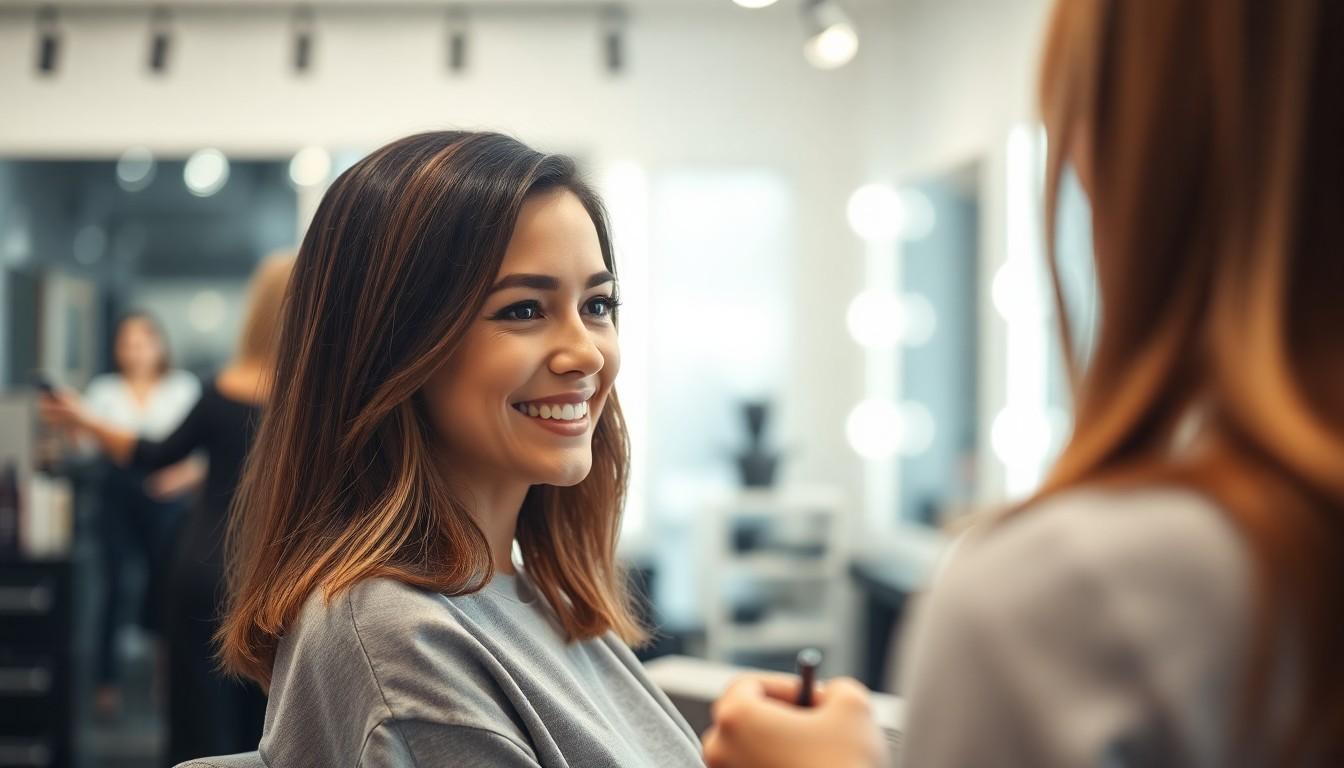
Finding that perfect blonde shade starts with knowing our skin’s undertones. Paying attention to these subtle hints ensures the color flatters us and looks natural.
Identifying Cool vs. Warm Undertones
We can spot cool undertones by noticing pink or bluish hints in our skin. Ash, platinum, and icy blondes work best for us, canceling out redness and delivering a seamless result. Whenever we lean cool, even beige or pastel blondes add a gentle glow and never appear too stark.
Some of us have golden or yellow undertones, which calls for richer shades. Honey, golden, and caramel blondes fit these tones well, brightening our complexions and adding vibrancy. Warm skin can handle chestnut or deeper blonde shades, giving us plenty of options for dimension and richness.
Popular Blonde Shades for Brunettes
Ash blonde stands out for anyone who wants a modern, cool look and needs to neutralize unwanted warmth in our hair or skin. Platinum blonde makes a dramatic statement and suits us when our undertones are cool plus we’re ready for the upkeep that comes with such a light shade. Honey blonde gives warmth and blends beautifully with naturally dark bases, which lets our hair glow without clashing with our complexion.
We often see balayage and lived-in blondes trending because they give us a soft, dimensional effect. Lighter blonde at the ends with deep roots keeps maintenance low and lets us adapt the look as it grows out. This style also lets us tweak warmth or ashiness to match our undertones, so the transformation from brunette to blonde always feels like our own.
Preparing Your Hair for the Brunette to Blonde Process
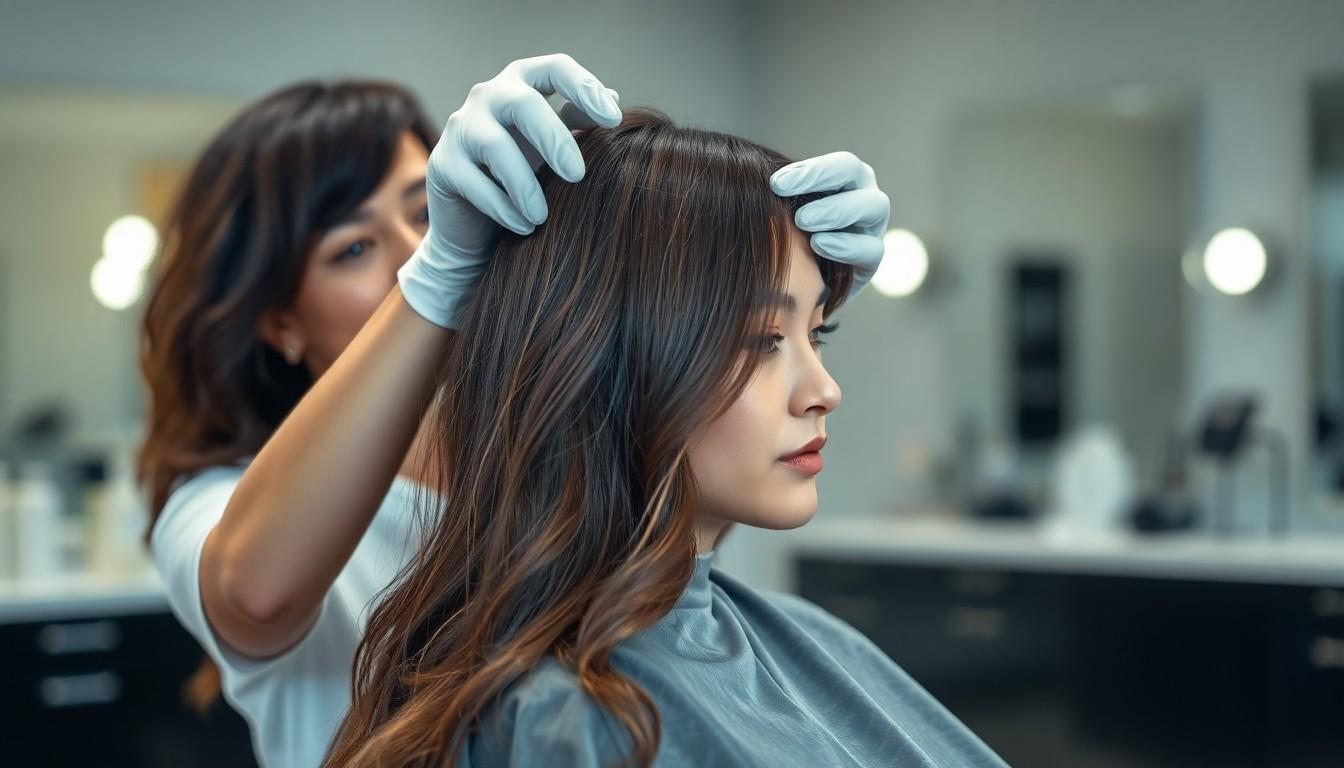
Before jumping into the lightening process, we need to make sure our hair is ready. Getting this part right sets us up for a smoother, safer brunette to blonde transformation.
Assessing Hair Health and Condition
Let’s start by checking the current state of our hair. Virgin hair, which means our hair hasn’t been colored or chemically treated before, usually handles the change better. We’ll notice it lifts faster during bleaching and can sometimes achieve our dream blonde shade in just one or two salon visits.
If we’ve dyed or processed our hair before, it’s a whole different ball game. Processed hair tends to be more fragile, so we need to approach this transition gradually—often over several months or more than a year. Going from dark brown to platinum blonde, for example, often takes at least two rounds of bleach and a handful of salon sessions to avoid causing major damage. Working closely with a professional colorist keeps us safe and our hair as healthy as possible.
We also can’t ignore our hair’s undertones and texture. Thicker, coarser hair might need a different strategy than fine, delicate strands. Professionals rely on this information to plan the safest, most effective blonde journey.
Gathering Essential Products and Tools
When we’re prepping for a brunette to blonde switch, we want to stock up on the right tools from the very beginning. Hiring a professional colorist is almost always the best move for complex transformations. Their expertise helps us avoid unnecessary mistakes and keeps our hair from breaking or becoming overly damaged.
Every blonde journey calls for high-quality bleach, especially for lifting dark hair. Wanting to go platinum or super light blonde means we’ll probably need at least two bleach sessions, along with targeted toning products to help us get the perfect shade and knock out brassy tones.
The right aftercare products really matter. We’ll need moisturizing shampoos, conditioners, and hair masks to balance the drying effects of bleach. Bond-repairing treatments are smart if we want to help our hair bounce back between visits.
Each salon visit should be spaced a few weeks apart so our hair has time to recover before the next round. Professionals provide and use protective gear like gloves and capes throughout every appointment to keep bleach away from our skin and clothes.
A little planning and the right products make all the difference when going from brunette to blonde. That way, our hair stays strong and the results look amazing.
Navigating the Lightening Process
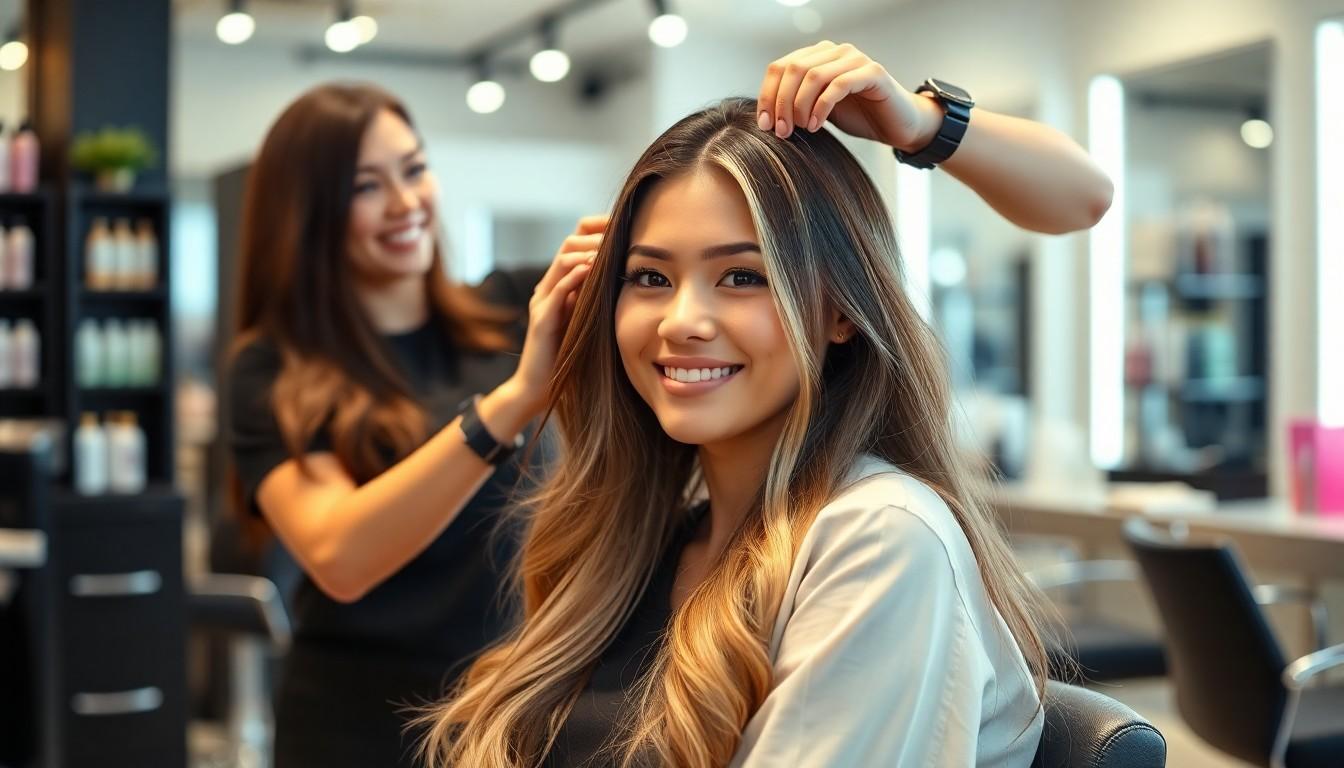
Going from brunette to blonde isn’t just about applying lighter color. We need to think through each step, whether we’re visiting the salon or opting for an at-home bleach kit, to get that seamless blonde result.
Exploring Professional Salon Options
When we decide to lighten our hair professionally, talking to our stylist about the best highlighting technique is key. Balayage, ombre, or all-over highlights each create different effects, from soft and natural to bold and dramatic. Stylists use top-grade lighteners like Blondor, choosing formulas based on how much lift our hair needs. They’ll watch closely as the lightener works, stopping when our hair reaches the right shade. After rinsing, a toner like Color Touch or Koleston Perfect personalizes our blonde—it can cool down brassiness or add warmth depending on what we want. Sometimes, getting to our goal shade takes a couple of sessions. Pros almost always recommend spacing out intense lightening work by at least six weeks to protect our hair.
Considering At-Home Bleaching Kits
Sometimes, we’d rather lighten our hair at home to save time or money. We start by using color remover if our hair’s been dyed dark before, since this makes it easier to get the blonde we want without over-bleaching. Choosing the right bleach kit and following the instructions keeps damage to a minimum. Application goes section by section, focusing on mids and ends first, then roots, and always using a timer. Scrape tests let us check if the hair has hit that pale yellow stage—anything gummy or stretchy means it’s time to rinse out fast. A good at-home kit also comes with toner, which we use right after lightening to get rid of unwanted orange or yellow and make our blonde look fresh. No matter what, we always perform a strand test first to protect our scalp and ensure our hair can handle the process. If things feel overwhelming or results look uneven, getting advice from a professional stylist is still the safest option.
Managing Damage and Maintaining Hair Health
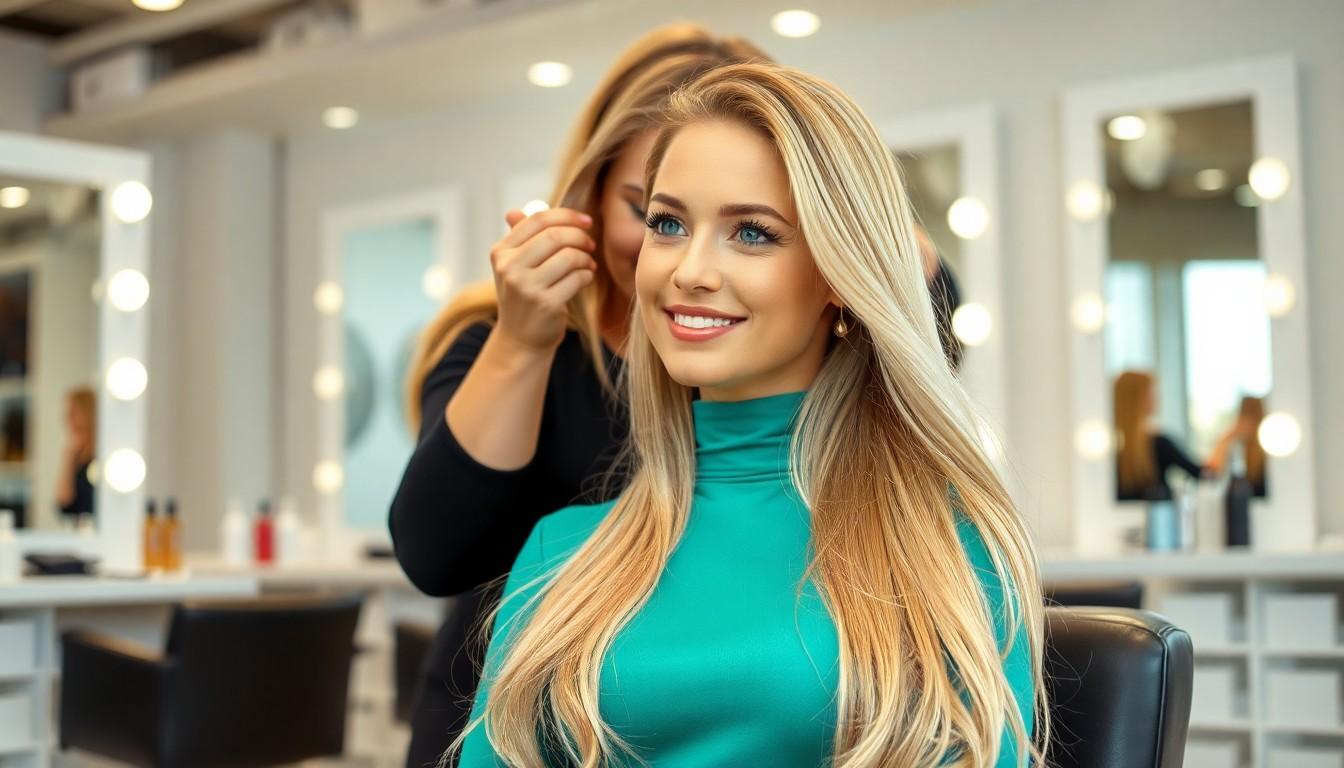
Coloring our hair from brunette to blonde puts a lot of stress on the strands. Healthy hair needs extra care and attention throughout the transformation process, so let’s jump into the most effective ways to protect and restore our locks.
Deep Conditioning and Protein Treatments
We always reach for deep conditioning treatments before, during, and after our lightening appointments. Intensive masks and hydrating conditioners infuse moisture back into our hair, giving it the strength needed to withstand bleaching. Protein treatments come next in our routine since they rebuild the hair structure that bleach can break down. Products packed with keratin or hydrolyzed proteins can make a noticeable difference, leaving our hair stronger and less prone to splits. Regularly alternating between moisturizing and protein-rich treatments creates a balanced routine that keeps lightened hair soft and resilient.
Minimizing Breakage During Lightening
We never skip a strand test before applying any lightener all over. This step lets us check how our hair responds, lowering the risk of surprise damage. Professional colorists use techniques like Malibu treatments to lift out old color and buildup, preparing each section for safer lightening. We also keep up with regular trims, cutting away fragile or compromised ends so breakage doesn’t travel up the hair shaft. Sharing complete hair history—including all previous dyes, chemical processes, and at-home treatments—with our stylist helps personalize the approach, letting us avoid common pitfalls when going blonde. Adopting moisturizing and strengthening hair products in our daily regimen supports ongoing hair health even after our color transitions.
Caring for Newly Blond Hair
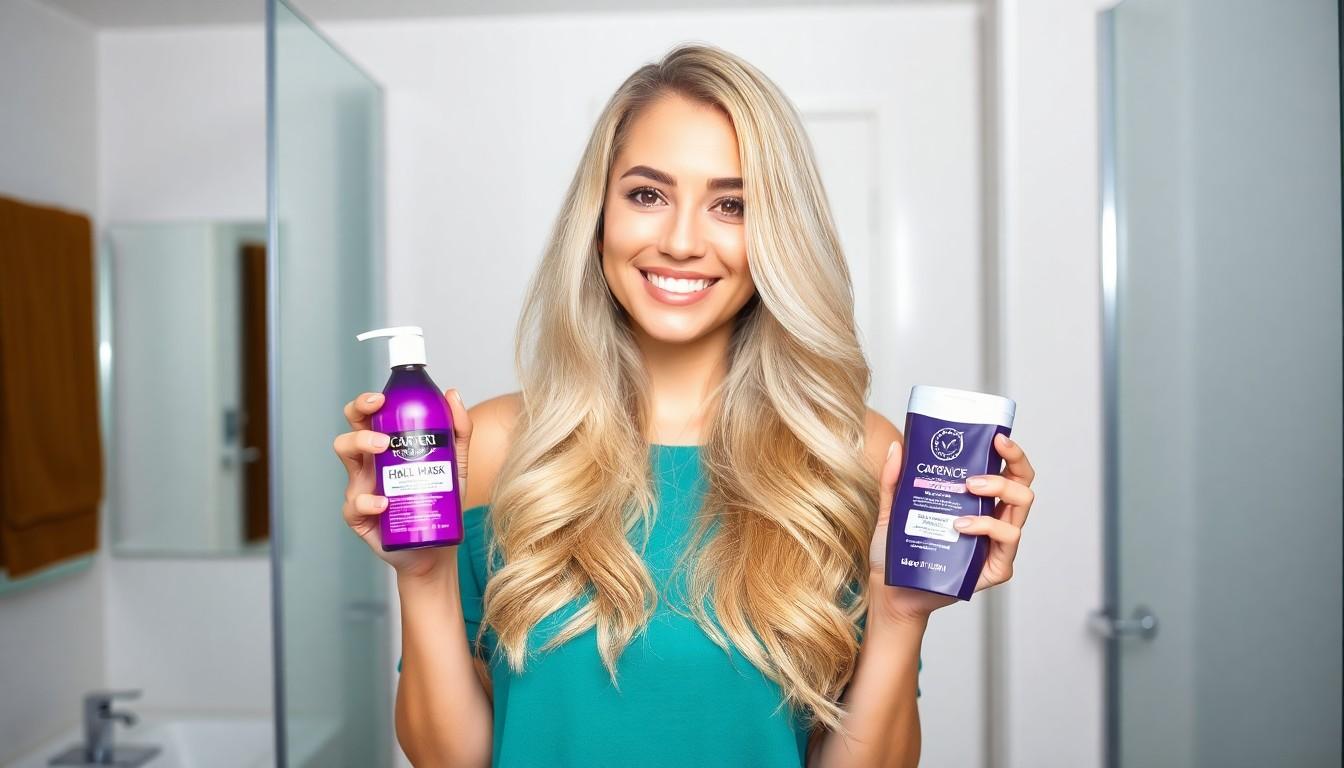
Blonde hair needs extra attention to stay healthy and vibrant, especially after a dramatic transformation from brunette. Let’s break down what really matters for our new look, step by step.
Using Purple Shampoos and Color Treatments
Purple shampoos are the best tool for fighting brassy, yellow tones. We use them to keep our color cool and fresh, just as our colorist intended. A purple formula works by neutralizing unwanted warmth every time we wash, so it’s easier to maintain that luscious ashy or platinum shade.
Color treatments, like glosses and toners, help us touch up our blonde between salon visits. They keep our hair shiny and rich instead of faded or dull. Regularly applying these treatments ensures we don’t lose the brightness or depth we worked so hard for, and helps our color last longer in between appointments.
Avoiding Common Mistakes After Going Blonde
Jumping straight from brunette to bright blonde might tempt us, but gradual lightening protects our hair’s health best. When we go step by step, maybe starting with highlights or balayage, we significantly reduce the risk of breakage and dryness.
Over-bleaching is a mistake we absolutely want to avoid since it strips away important moisture and can leave our hair brittle or damaged. Relying on a professional colorist ensures we lighten safely and get expert advice for maintaining our blonde.
Skipping moisturizing products spells trouble for blondes. We prioritize deep conditioners, hydrating masks, and hair oils because they restore what we lose in the bleaching process. Consistent care keeps our strands soft, manageable, and strong, letting us enjoy our new blonde look without worry.
Addressing Common Challenges in Going from Brunette to Blonde
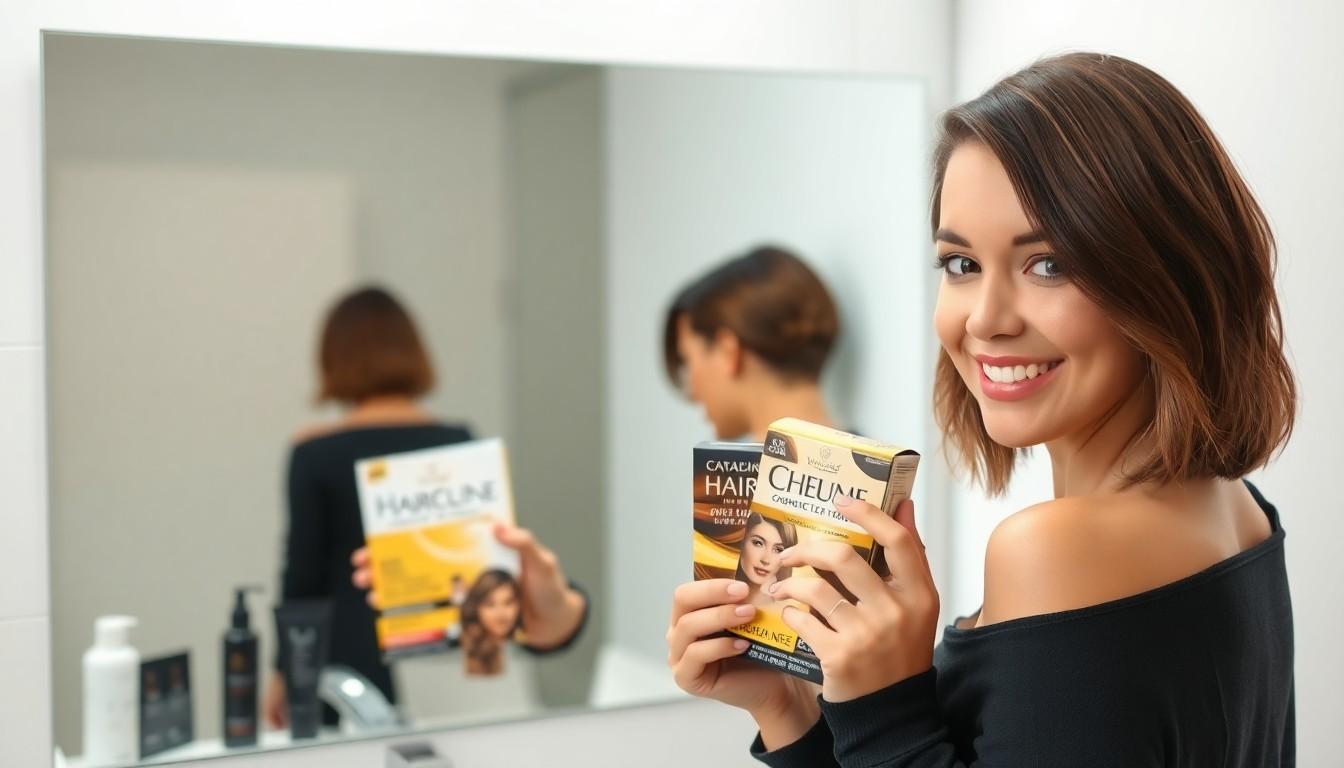
Every brunette-to-blonde journey comes with its share of struggles. Let’s sort out two of the biggest hurdles and how we can get through them with healthy, luminous results.
Dealing with Brassiness and Uneven Color
Brassiness always seems to sneak in after we lighten our hair because those underlying warm tones don’t want to let go. We can fix this by using a quality toner right after bleaching, as professional colorists do, to cool down yellow and orange hues. Sometimes, our blonde turns out patchy or streaky if bleach isn’t applied or monitored evenly. Choosing a skilled colorist for the job prevents these issues, letting us avoid dealing with uneven color altogether. Sticking to staggered sessions a few weeks apart gives our hair time to adjust and makes it easier to even out the shade. Consistency with these steps keeps our blondes looking intentional instead of accidental.
Handling Hair Growth and Root Maintenance
Roots always show up faster than we expect once we go blonde, making regular root touch-ups essential. Scheduling touch-ups every four to six weeks works best to blend new growth and keep everything looking polished. Caring for our freshly lightened hair means reaching for color-protective shampoos, nourishing treatments, and gentle styling habits to ward off damage. Adding a regular trim prevents split ends, which tend to show up after bleaching, and preserves a healthy appearance. When we pair these routines with professional advice, we make sure our blonde stays vibrant from root to tip, with every strand in the best shape possible.
Embracing Your New Look and Styling Tips
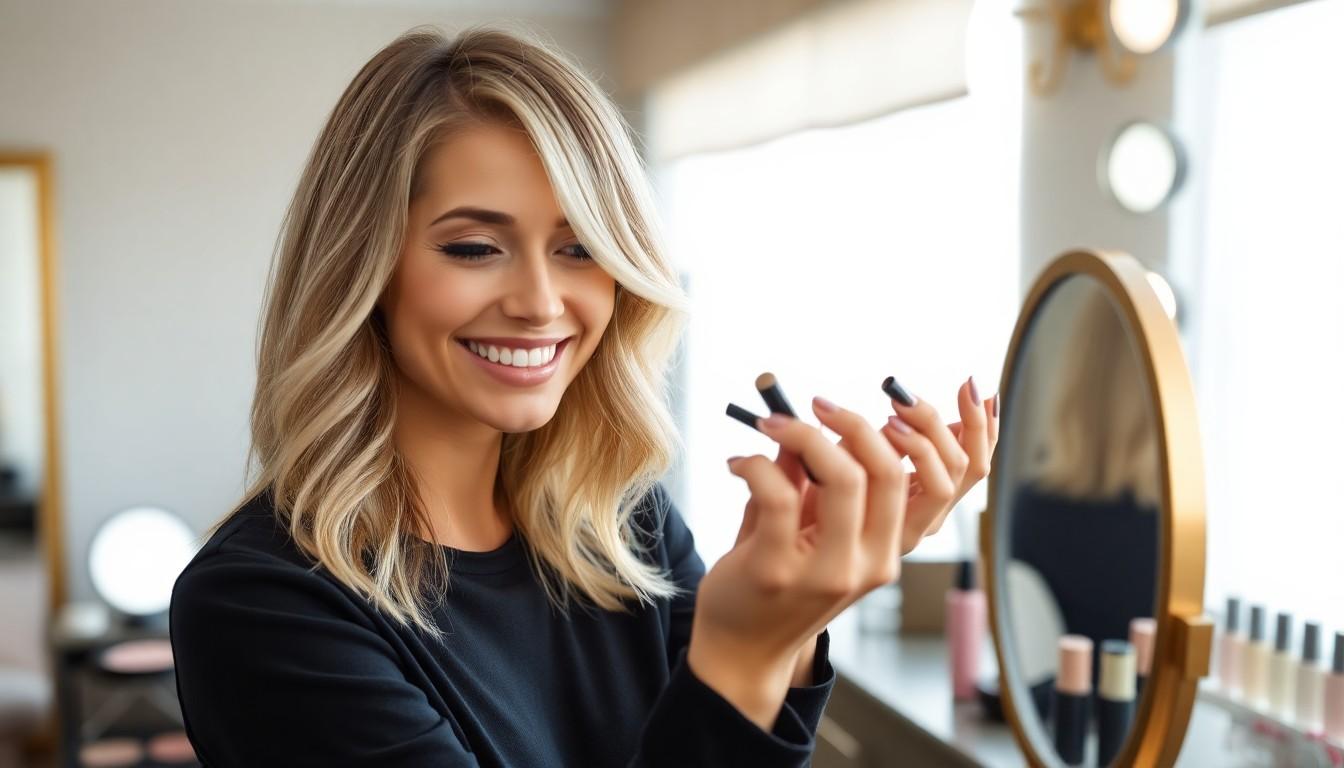
Let’s make our new blonde hair shine with the right makeup and hairstyle choices. Embarking on the blonde journey means considering how we can highlight our features and keep our look fresh every day.
Best Makeup Looks for Blondes
Finding the right foundation gives our skin a flawless finish. We usually look best with pink or blue-based products since our new blonde shade often enhances cooler undertones. Choosing neutral eyeshadows, like soft browns and taupes, keeps everyday looks subtle and flattering—think natural definition that makes our eyes stand out. For nights out, switching to cool blues or purples can add drama and dimension, helping our blonde hair really pop. Reaching for lip colors such as nudes, light pinks, or corals will keep our look cohesive since bold lip shades can sometimes overpower lighter hair. Sticking with softer, natural hues ensures everything works in harmony.
Flattering Hairstyles for Blonde Hair
Layered cuts are a smart way to boost volume and movement. We’ve noticed that layers make our blonde hair look fuller and healthier, especially when working with a bit of natural wave or curl. Trying a lived-in blonde style, where a slightly darker base blends into lighter ends, lets us enjoy a dimensional and lower-maintenance look. Stylists often recommend this option since it hides regrowth and stays vibrant longer between appointments. Exploring balayage or highlights lets us add depth and brightness without constant upkeep. These techniques mimic natural sunlight and give our hair a beautiful, multi-dimensional effect every day.
Conclusion
Making the leap from brunette to blonde is more than just a color change—it’s a bold step that lets us reinvent our look and express our individuality. With the right preparation and expert guidance we can keep our hair healthy and vibrant throughout the journey.
Let’s embrace the transformation with patience and creativity knowing that the perfect shade and style are within reach. Blonde is a statement and with the right care we’ll shine brighter than ever.
Frequently Asked Questions
How can I safely transition from brunette to blonde?
To safely go from brunette to blonde, consult a professional colorist for personalized advice. Lightening usually takes several sessions, especially on dark or processed hair. Take care of your hair with hydrating and bond-repairing treatments throughout the process and use color-safe shampoos to maintain your new shade.
What blonde shades suit brunettes best?
Popular options for brunettes include ash blonde for a cool, modern vibe, honey or caramel blonde for warmth, and platinum for a bold statement. Your ideal shade depends on your skin’s undertone—cool tones favor icy blondes, while warm tones look great with golden or honey hues.
How do I avoid brassiness when going blonde?
To prevent brassiness, use a purple shampoo regularly to neutralize unwanted yellow and orange tones. Consider toning treatments during your salon visits and choose color-safe, sulfate-free hair products to maintain your desired blonde shade.
Is it better to lighten hair at home or in a salon?
It’s generally safer to lighten hair in a salon, especially if you have previously colored or damaged hair. Professional colorists can customize the technique, minimize damage, and handle color corrections. At-home kits carry more risk and require strict following of instructions for the best results.
How can I keep my hair healthy during and after bleaching?
Deep condition your hair weekly, use bond-repairing products, and avoid excessive heat styling. Schedule regular trims and avoid overlapping bleach on previously lightened sections. Always use gentle, moisturizing shampoos and conditioners designed for color-treated hair.
What’s the best way to choose a blonde shade for my skin tone?
Check your skin’s undertone: cool undertones pair well with icy, platinum, and ash blondes, while warm undertones look best with honey, golden, or caramel blondes. Consult your colorist for tailored recommendations to achieve the most flattering look.
How often should I touch up my roots after going blonde?
Most blondes need root touch-ups every 4–6 weeks to keep the color looking fresh and consistent. If you chose balayage or a lived-in blonde style, you can go longer between appointments as regrowth is less noticeable.
Can processed or damaged hair go blonde?
Yes, but processed or damaged hair needs extra care and a slower, more gradual approach to lightening. Work closely with a seasoned colorist, and use strengthening treatments regularly to protect and repair your hair throughout the process.
What hairstyles and makeup work best with new blonde hair?
Soft layers, lived-in blonde cuts, and balayage add volume and dimension to blonde hair. For makeup, try foundations and soft lip colors with pink or blue undertones, and use neutral eyeshadows for a cohesive, flattering look. Adjusting your makeup can highlight your new shade beautifully.

